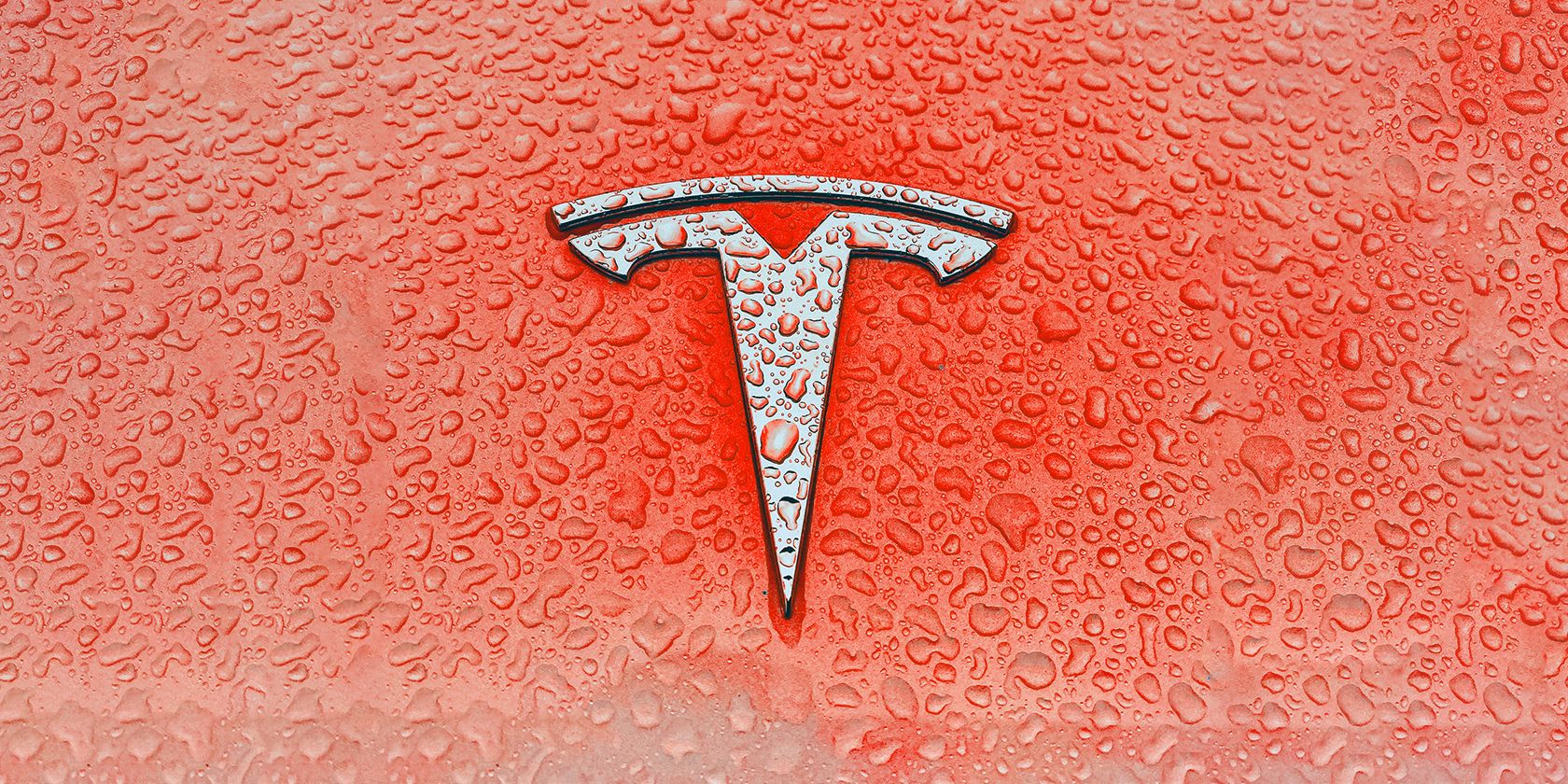Catalytic converters are essential in controlling unwanted emissions from cars. Internal combustion engines produce tailpipe emissions that are very harmful to the environment, which is why internal combustion vehicles need catalytic converters.
As of late, catalytic converters have been all over the news because thieves have been targeting them. Many people also ask themselves if electric cars have catalytic converters. Do they even need them? Most importantly, what is a catalytic converter anyway?
What Is a Catalytic Converter?
A catalytic converter, often referred to as a "cat" for short, is a filter for the many harmful emissions your internal combustion vehicle throws out into the air while running. Thieves often target catalytic converters because of the materials they contain. Catalytic converters filter out harmful emissions using certain metals (which are very expensive), such as platinum, rhodium, and palladium. Thieves seek out vehicles that have valuable, easy-to-remove catalytic converters. Once they steal the cat, the thieves sell the expensive metals inside for a high price.
It's essential that you verify online if your vehicle has a cat that is susceptible to theft and take appropriate measures to protect your vehicle. The catalytic converter itself is a relatively simple-looking device. It's basically a metal box that forms a part of your car's exhaust system. The catalytic converter is found after the exhaust manifold of your vehicle, and sometimes cars have more than one catalytic converter. Inside the catalytic converter, you'll find a honeycomb structure that maximizes surface area, so exhaust gases come into contact with more of the precious metal-coated area.
The precious metals that are popular with thieves also help catalyze the harmful exhaust gases your vehicle produces. The combustion emissions that the cat seeks to eliminate include nitrogen oxides, carbon monoxide, and hydrocarbons.
Three-Way Cats
Most catalytic converters nowadays are three-way cats. These catalytic converters feature an area where reduction occurs to reduce harmful emissions, and they also feature an area where oxidation occurs. When the harmful nitrogen oxides enter the reduction portion of the catalytic converter, the catalysts help to remove the oxygen molecules from the nitrogen oxides, and what's left is nitrogen and oxygen separately. These two gases on their own don't pose any serious problems for the environment.
After this stage, the carbon monoxide goes through the oxidation chamber, where the catalyst helps oxygen bond with the carbon monoxide. This step creates carbon dioxide, which is not a harmless emission—but is better than carbon monoxide. The hydrocarbons are also eliminated by bonding with the oxygen molecules hanging around, resulting in water and carbon dioxide.
The catalytic converter is a great tool to help keep the environment relatively clean, but relatively clean is not good enough. This is where electric cars come in.
Do Electric Cars Have Catalytic Converters?
Because many people don't know what a catalytic converter is, they might ask themselves if catalytic converters are present in EVs. Well, the answer is no. Fully electric vehicles don't have catalytic converters, and they don't need them. On the other hand, electrified vehicles like plug-in hybrids do have catalytic converters.
This is because when these vehicles use their internal combustion engine, the engine still produces harmful emissions, just like any other normal car. The difference between hybrids and normal vehicles is that the engine isn't always on, but when it's running, it most definitely produces emissions. This is one of the big advantages of electric vehicles. EVs don't produce any form of tailpipe emissions, which means that throughout the vehicle's entire lifespan, it's completely emissions-free.
How clean an EV ends up being is also down to the power grid used to charge it. If you live in an area with heavy-coal usage, don't expect to have the same environmental impact when charging your EV as an owner connected to a renewable energy grid. The good thing is that because electric vehicles don't require catalytic converters, the industry behind fabricating these converters will see decreased demand. Eliminating the fabrication of parts that aren't required for EVs is another way in which EVs are clean.
How to Tell if You Need a New Catalytic Converter
Catalytic converters are vital parts of internal combustion vehicles. If your catalytic converter is going bad, it can be very harmful to your engine, especially if the catalytic converter gets clogged. If the cat becomes damaged, there is a chance that the catalytic converter will clog up and reduce exhaust airflow.
This will decrease fuel economy and make your vehicle feel less powerful. A telltale sign of a bad catalytic converter is also an awful exhaust smell coming from your vehicle. This isn't your typical annoying exhaust smell; it's a characteristic foul odor associated with failing catalytic converters. These signs are obvious, so getting your catalytic converter serviced in time shouldn't be a problem for most owners. Once you notice these signs, take your vehicle to a reputable mechanic, and they will have the new catalytic converter installed.
Catalytic converters are required by law and are also a necessary component of emissions testing. Having a functioning catalytic converter in your vehicle helps you do your part in keeping the environment relatively clean. The next step would be to upgrade to an electric vehicle. Electric vehicles are better for the environment over their lifespan than a typical internal combustion vehicle. You can also hook up your car to an OBD2 app, which can reveal any codes that might hint at a bad cat.
Catalytic Converters in Cars Will Probably Become a Relic of the Past
EVs are taking over our roads. The proliferation of EVs we've seen in recent years doesn't seem to have an end in sight. Catalytic converters have been essential in keeping our environment relatively clean for many years. But, now that electric vehicles are beginning to rule our roads, catalytic converters aren't necessary. And this is one more component that doesn't need to be replaced in electric vehicles, meaning fewer maintenance costs and a more reliable ownership experience.

